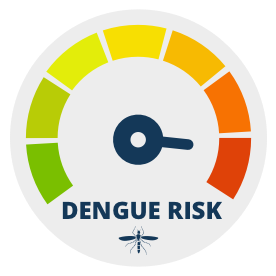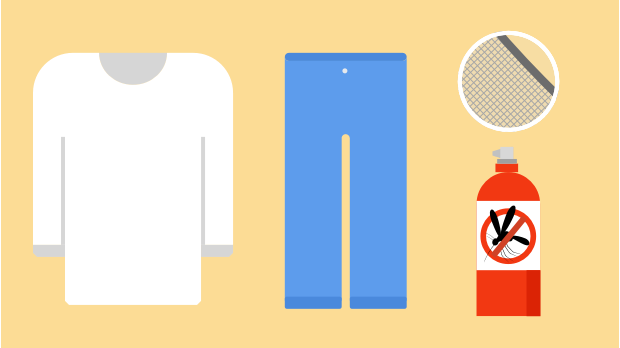Children and babies can catch dengue in exactly the same way as an adult – through the bite of an infected mosquito.

In most countries where dengue is present, it has been reported that:
Children aged between 10 and 14 catch dengue more than any other age group1
Children are also at higher risk of developing severe dengue than adults, with younger children being at higher risk of developing severe dengue than older children2
Symptoms of dengue in an infant may be difficult to recognize and are similar to other common childhood infections.3
Children are more likely to catch dengue because they tend to play outside where there is less protection from mosquitoes. In addition, it is less likely that they have been exposed to the dengue virus already and childrens' immune systems are weaker than those of adults.4
Schools can be a particular problem in some countries because they have open windows and lack mosquito repellents. In a 2019 outbreak in the Philippines, up to 70% of cases were diagnosed in children under the age of 19.4

You can take steps to help protect your child from dengue. Making sure your children wear loose-fitting clothes that cover their arms and legs is a recommended way to help prevent them being bitten. You can also cover strollers, baby carriers, and cots with mosquito netting, and use an insect repellent that is safe for children.5
If your child lives in or has been to a region that has dengue and develops a fever along with signs of dehydration such as passing urine less frequently, sleepiness, lack of energy, irritability, and cool, discolored hands and feet, or develops a rash, bleeding from the nose or gums, or vomiting, then contact your doctor immediately.3,6
A baby can also be born with dengue if the mother is infected during pregnancy.7

Dengue can cause premature birth, low birth weight, and even death, so it is important to protect yourself from mosquito bites if you are pregnant.

